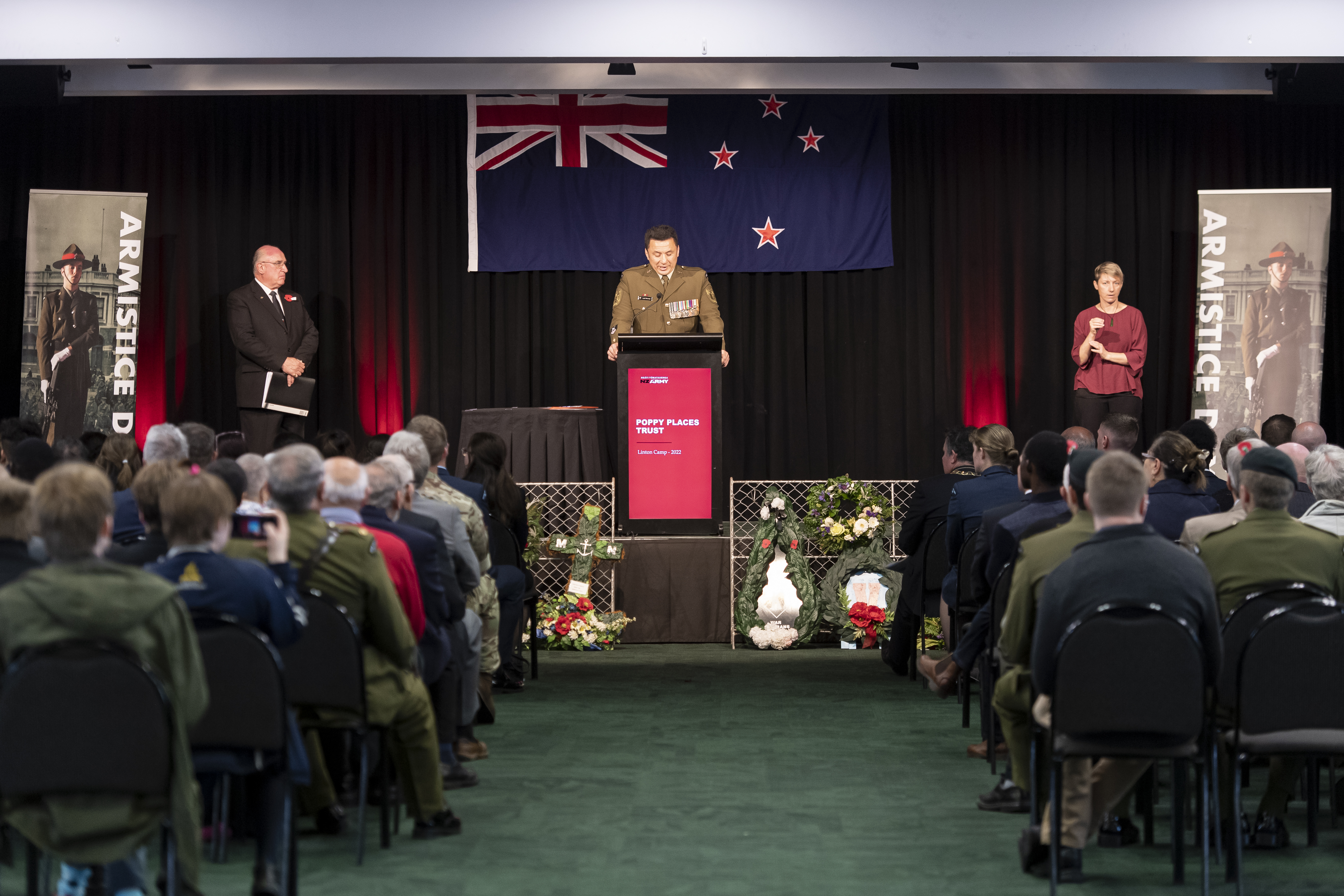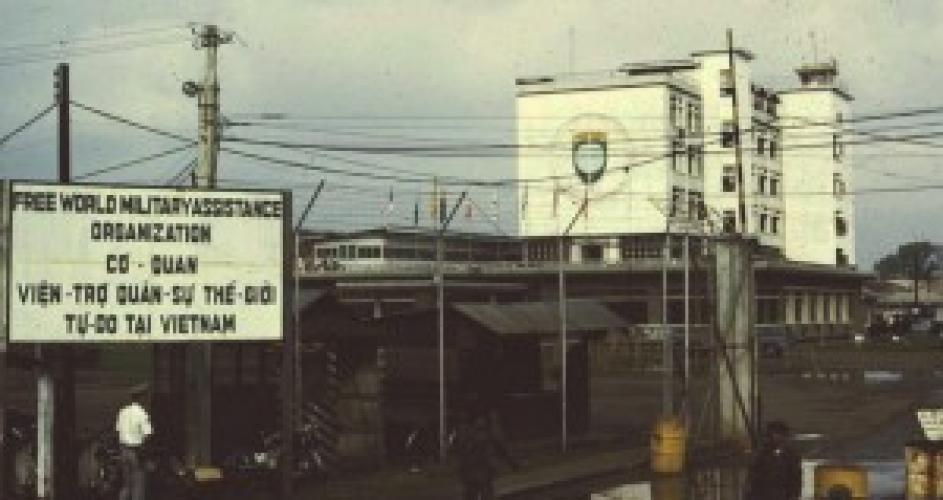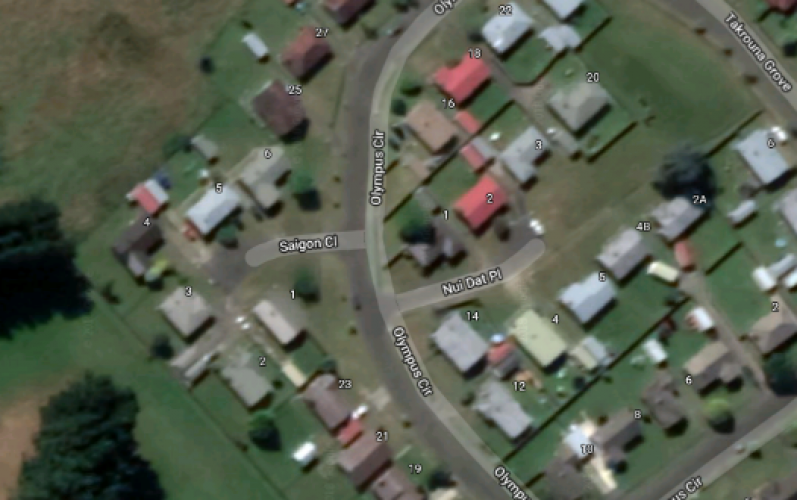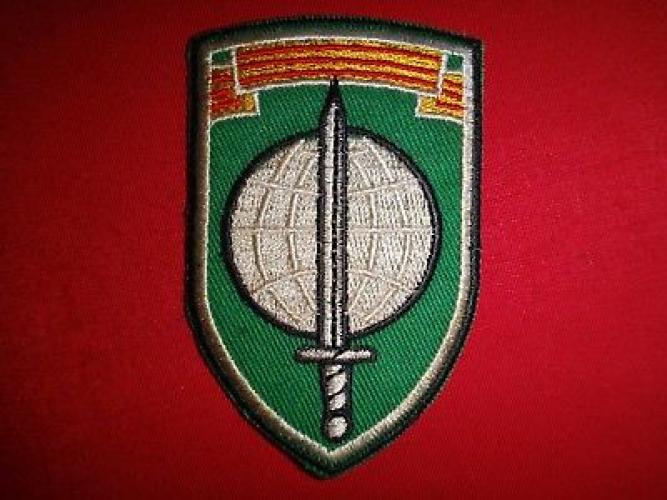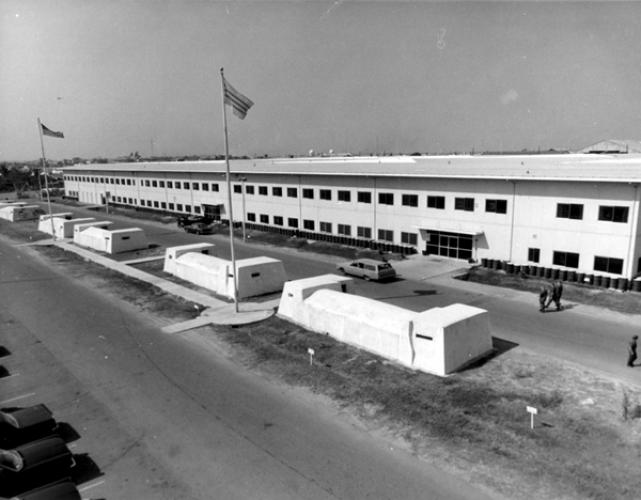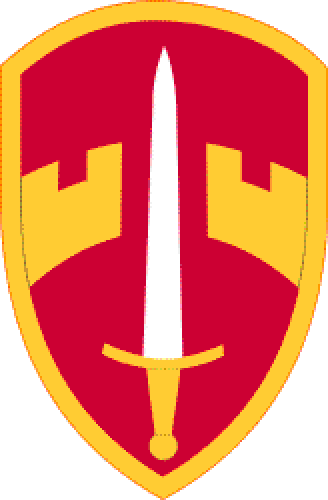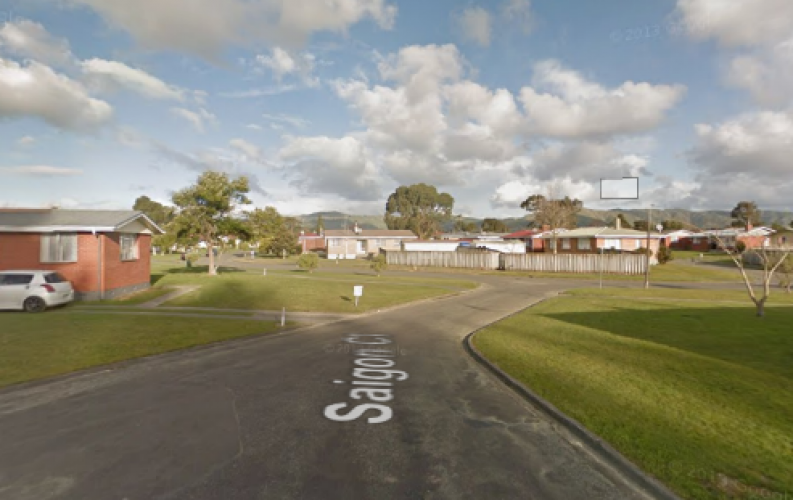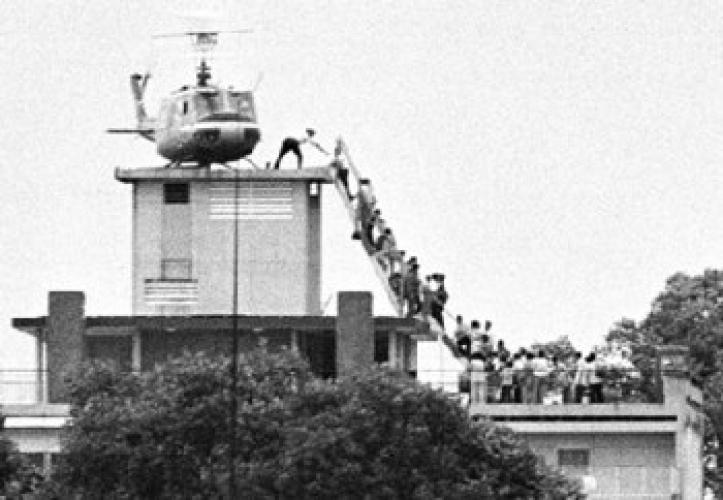274 Saigon Close LMC Palmerston Nth, street view 2018
Reason for the name
This street was named as a tribute to New Zealand’s participation in the Vietnam War. Most streets within NZDF Camps and Bases are named in honour of prominent people, battles, campaigns, ships, aircraft and places creating a rich history of our military service
New Zealand's involvement in the Vietnam War was highly controversial, sparking widespread protest at home from anti-Vietnam War movements modelled on their American counterparts. This conflict was also the first in which New Zealand did not fight alongside the United Kingdom, instead following the loyalties of the ANZUS Pact.
New Zealand decided to send troops to Vietnam in 1964 because of Cold War concerns and alliance considerations. The potential adverse effect on the ANZUS alliance of not supporting the United States (and Australia) in Vietnam was key. It also upheld New Zealand's national interests of countering communism in South-East Asia.
The government wanted to maintain solidarity with the United States, but was unsure about the likely outcome of external military intervention in Vietnam. Prime Minister Keith Holyoake decided to keep New Zealand involvement in Vietnam at the minimum level deemed necessary to meet allied expectations. New Zealand could not do much more—its meagre military resources were already stretched in Malaya and conscription was out of the question.
Author: The Poppy Places Trust and Cherrie Lawson
New Zealand's initial response was carefully considered and characterised by Prime Minister Keith Holyoake's cautiousness towards the entire Vietnam question. While it was considered that New Zealand should support South Vietnam, as Holyoake alleged;
Whose will is to prevail in South Vietnam? The imposed will of the North Vietnamese communists and their agents, or the freely expressed will of the people of South Vietnam?
The government preferred minimal involvement, with other South East Asian deployments already placing a strain on New Zealand's armed forces. From 1961, New Zealand came under pressure from the United States of America to contribute military and economic assistance to South Vietnam, but refused. However, at that time, aircraft were tasked to deliver supplies to Da Nang on the way from RAF Changi to Hong Kong from time to time.
In 1962, Australia sent advisors, as the United States had, but again New Zealand refused to make a similar contribution. Instead in April 1963 New Zealand confined its assistance to sending a civilian surgical team. The surgical team was made up of seven men and would eventually grow to sixteen, and remained in the country until 1975. The team worked for civilians at the Binh Dinh Province Hospital, in Qui Nhon, an overcrowded, and dirty facility almost completely lacking equipment and bedding. It would be the last New Zealand Government agency to withdraw from Vietnam.
Under continuing American pressure, the government agreed during 1963 to provide a small non-combatant military force, but the deteriorating political situation in Saigon led to delays. Not until June 1964 did twenty-five Army engineers arrive in South Vietnam. Based at Thủ Dầu Một, the capital of Bình Dương Province, the New Zealand Army Detachment Vietnam (NEWZAD) engineers were engaged in reconstruction projects, such as road and bridge building, until July 1965.
New Zealand non-military economic assistance would continue from 1966 onwards and averaged at US$347,500 annually. This funding went to several mobile health teams to support refugee camps, the training of village vocational experts, to medical and teaching equipment for Hue University, equipment for a technical high school and a contribution toward the construction of a science building at the University of Saigon. Private civilian funding was also donated for 80 Vietnamese students to take scholarships in New Zealand.
American pressure continued for New Zealand to contribute military assistance, as the United States would be deploying combat units (as opposed to merely advisors) itself soon, as would Australia. Holyoake justified New Zealand's lack of assistance by pointing to its military contribution to the Indonesia-Malaysian Confrontation, but eventually the government decided to contribute. It was seen as in the nation's best interests to do so—failure to contribute even a token force to the effort in Vietnam would have undermined New Zealand's position in ANZUS and could have had an adverse effect on the alliance itself. New Zealand had also established its post-Second World War security agenda around countering communism in South-East Asia and of sustaining a strategy of forward defence, and so needed to be seen to be acting upon these principles.
161 Battery RNZA was awarded the United States Meritorious Unit Commendation for their service in South Vietnam while serving under the U.S 173rd Airborne Brigade. Many New Zealand individuals received military awards for activities in Vietnam, including American military service awards and citations.
In line with reductions in American and Australian strength in Vietnam, New Zealand began the gradual withdrawal of its combat forces as the training teams were arriving. Prime Minister Holyoake said in 1971 that New Zealand's combat forces would be withdrawn by "about the end of this year," and they were – Whiskey Three Company went in November 1970, the SAS Troop and 161 Battery followed in February and May 1971 respectively, and Victor Six Company and the tri-service medical team left with the 1st Australian Task Force in December 1971, ending New Zealand's combat involvement in the Vietnam War. This may have been due to protests in New Zealand.
One of the first acts of Prime Minister Norman Kirk's Labour Party government (elected in December 1972) was to withdraw both training teams and the New Zealand headquarters in Saigon. By then, a total of 3,890 New Zealand military personnel (volunteers) had served in Vietnam, between June 1964 and December 1972.
New Zealand casualties during the Vietnam War were: RNZE: 2, RNZA: 5, RNZIR: 27, RNZAF: 1, NZSAS: 1, RNZAMC: 1 (for a total of 37) and 187 wounded. Two New Zealanders serving with the United States Marine Corps, one serving in the US Army and one serving with the Australian Army were also killed in action. The last NZ Troops left Vietnam on 22 December 1972.
Like veterans from many of the other allied nations, as well as Vietnamese civilians, New Zealand veterans of the Vietnam War claimed that they (as well as their children and grandchildren) had suffered serious harm as a result of exposure to Agent Orange. In 1984, Agent Orange manufacturers paid New Zealand, Australian and Canadian veterans in an out-of-court settlement, and in 2004 Prime Minister Helen Clark's government apologised to Vietnam War veterans who were exposed to Agent Orange or other toxic defoliants, following a health select committee's inquiry into the use of Agent Orange on New Zealand servicemen and its effects. In 2005, the New Zealand government confirmed that it supplied Agent Orange chemicals to the United States military during the conflict.

